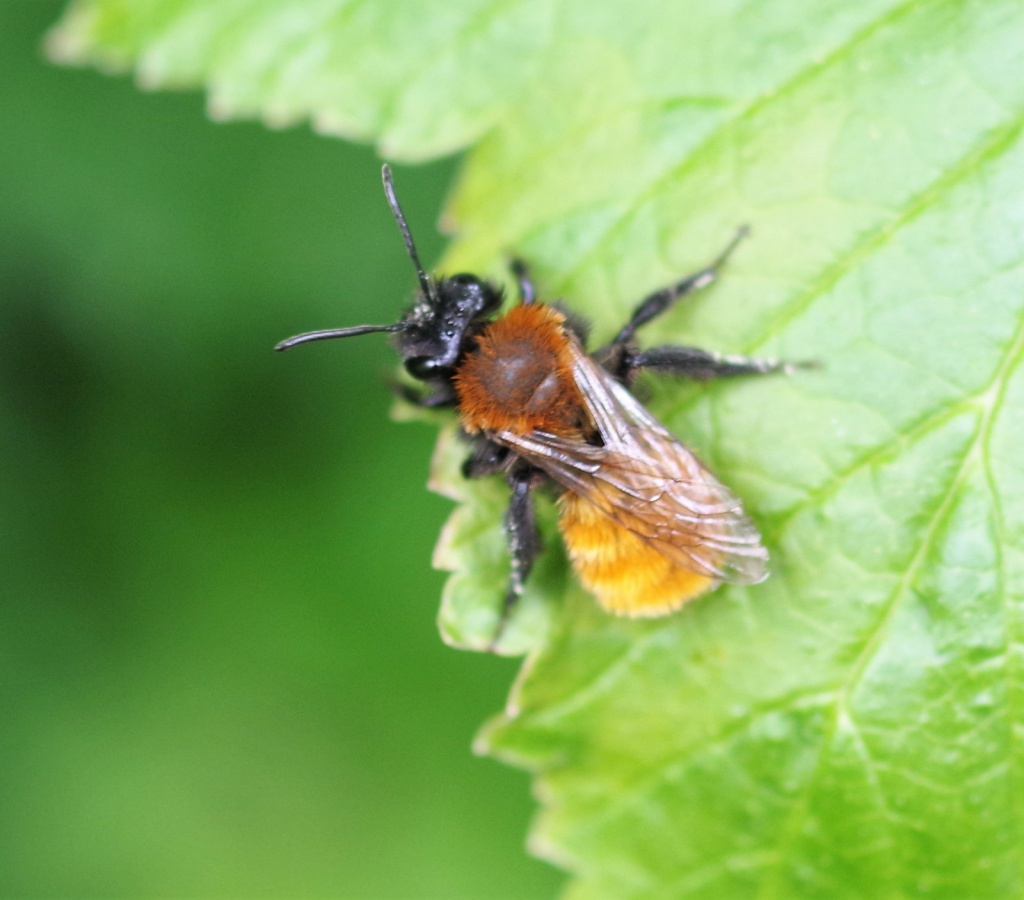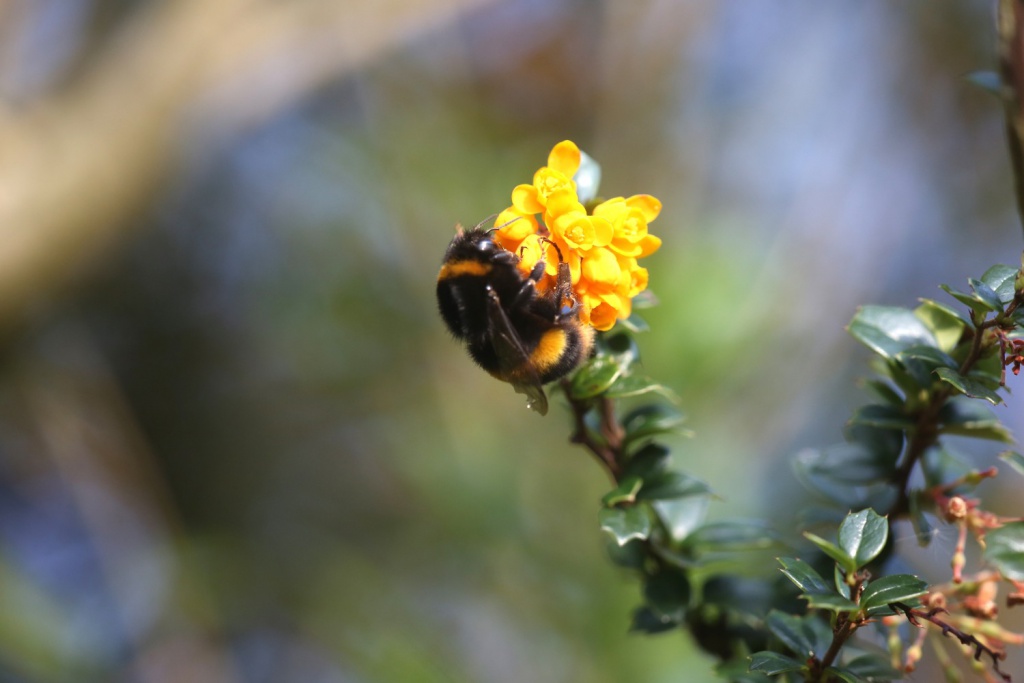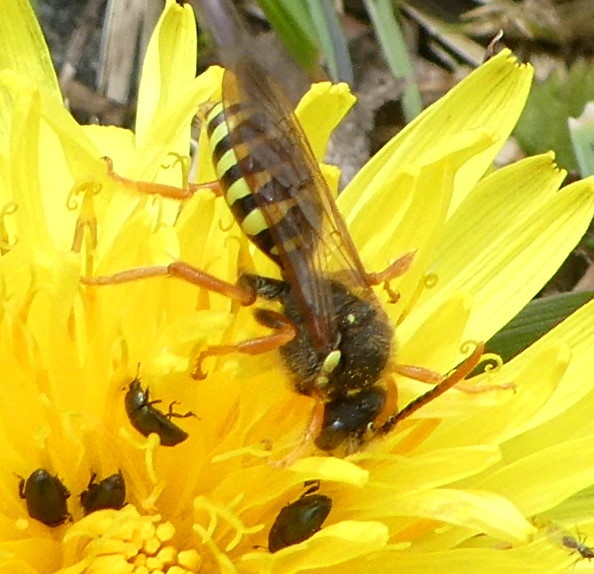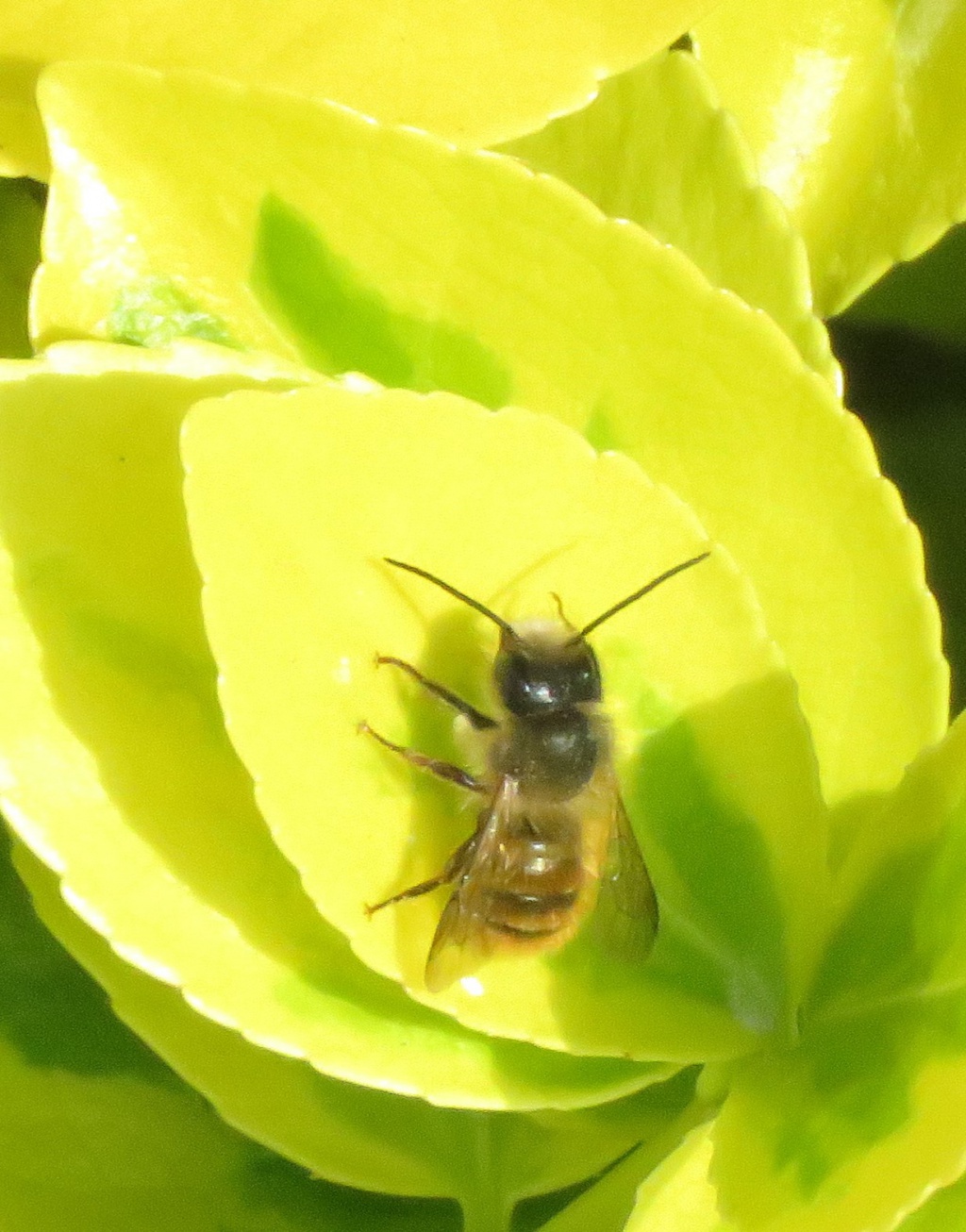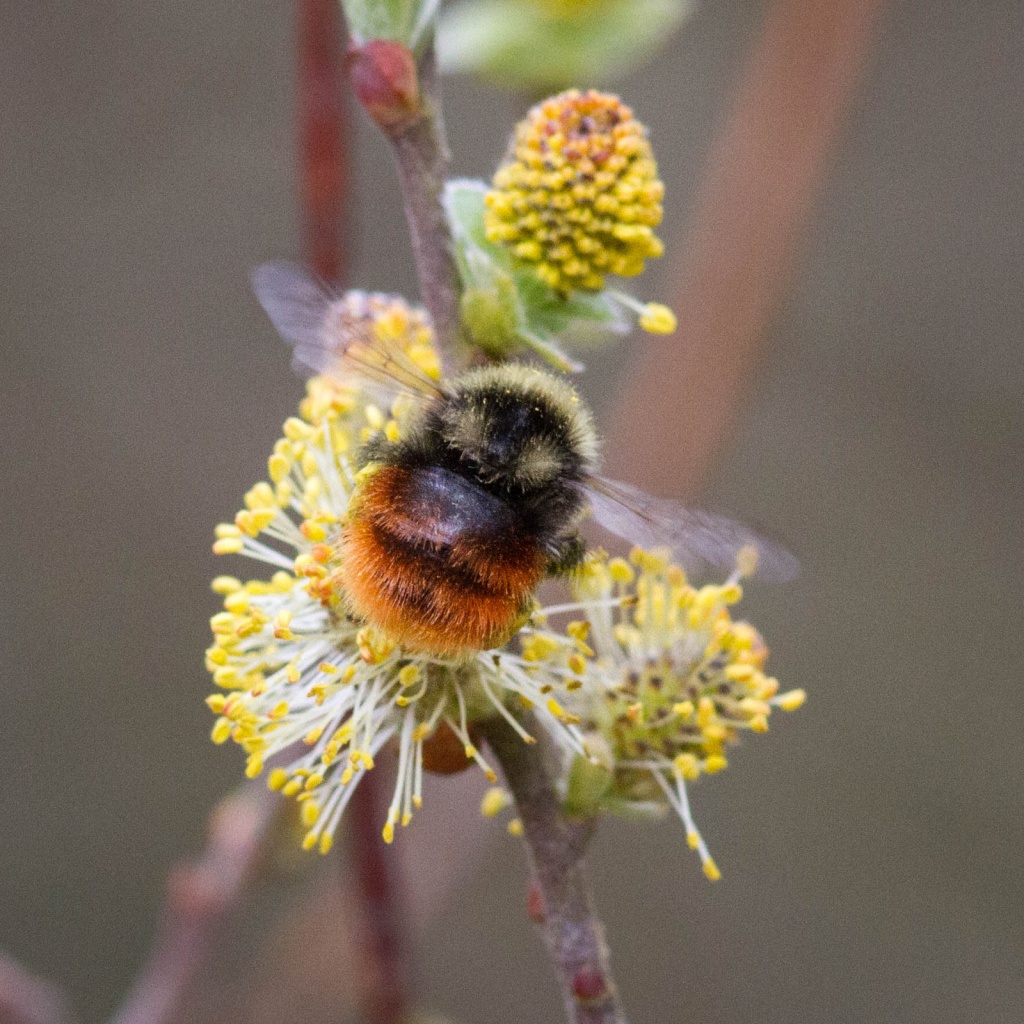Take a look back at your North East Bee Hunt highlights so far in a new blog from local naturalist, Charlotte Rankin.
Together, you have submitted over 2,000 bee records as part of the North East Bee Hunt so far. Your sightings have captured the spring activities of mining bees, queen bumblebees, and now, the first worker bumblebees. Your records will help to inform monitoring and conservation efforts of this vital pollinators. Please do continue to send your records in over spring and summer and help put more bees on the region’s map.
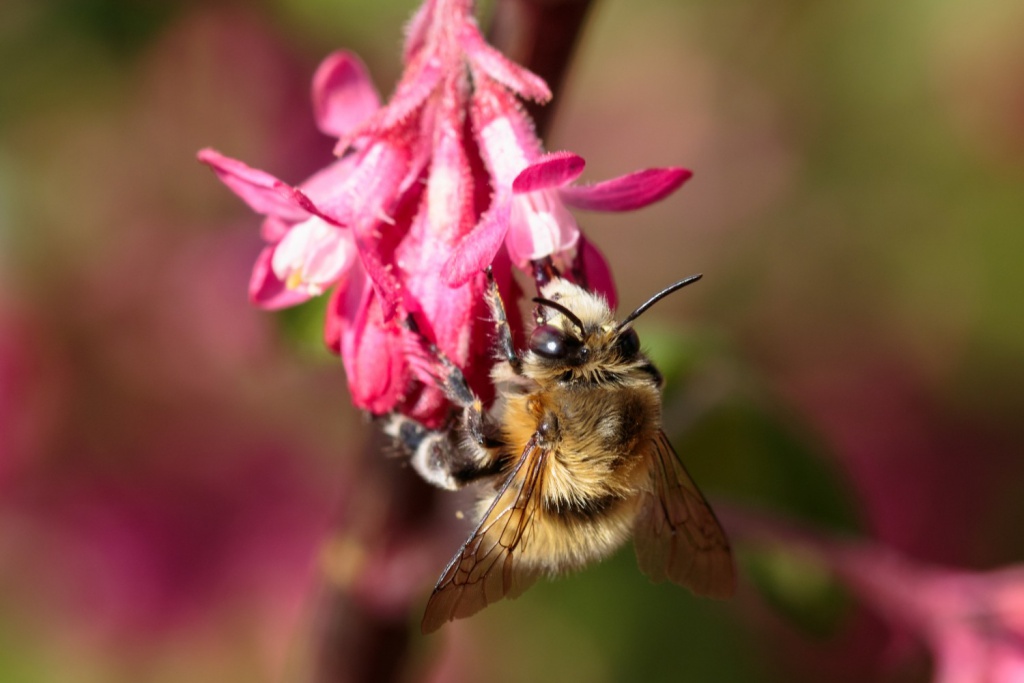
Spring Solitary Bees
20 solitary bee species have been observed so far, including three of the four target solitary bee species.
One of the first solitary bees to be seen in the year, the zippy Hairy-footed Flower Bee, was observed in seven different localities in early spring. With previous records predominately clustered around the Alnwick and Barnard Castle area, Bee Hunt records this year indicate it is spreading in the North East.
Spring mining bees are the most frequently recorded solitary bees so far. Some are commonly found in gardens and parks, such as the Chocolate Mining Bee and Buffish Mining Bee. While three of the recorded mining bees are found where Willow is abundant: the Northern Mining Bee, Small Sallow Mining Bee and Clarke’s Mining Bee.
Typically on the wing until June, please do continue to look out for these spring-fliers and send in your sightings to the Bee Hunt.
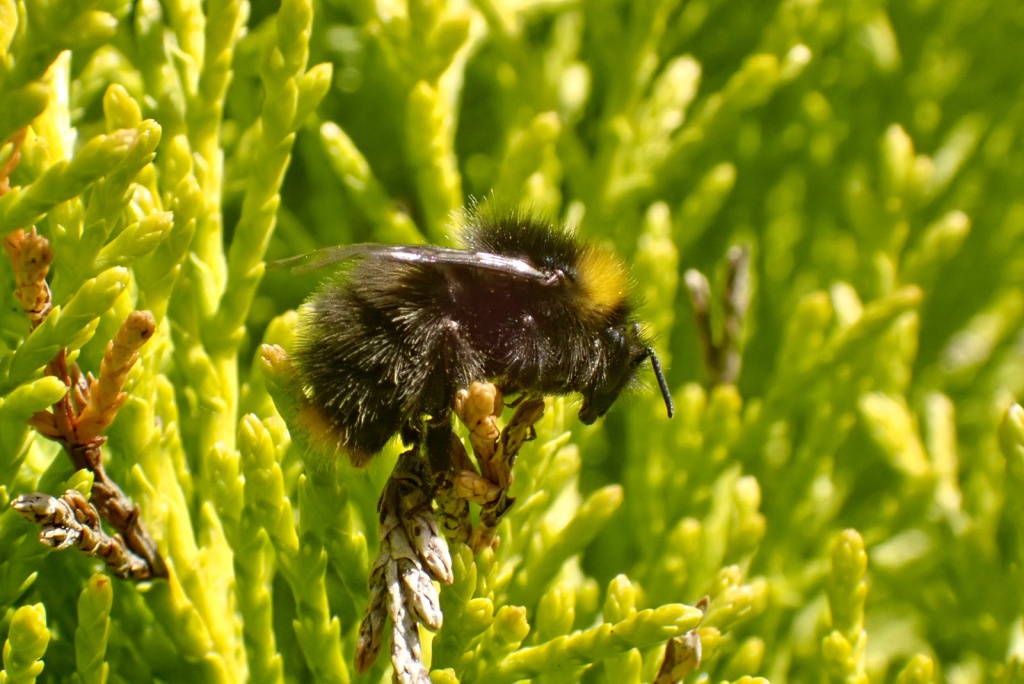
First of the Worker Bumblebees
12 species of bumblebee have now been observed, including all four target bumblebee species and the upland Bilberry Bumblebee. Many queen bumblebees have now settled on a place to establish their nest and colonies are under way. Depending on the species, a nest may be in an old rodent burrow, within tussocky grass, or even in compost heaps and old bird boxes!
Worker bumblebees are now out and about. Workers of the Tree, Early and Red-tailed Bumblebee have been observed so far. The first workers are often very small due to the scarcer food supply during their development.
Over the next few weeks, worker bumblebees will increase in number. Look out for smaller versions of queen bumblebees, often with large pollen loads on their back legs. Males may also been observed from nests founded early in the year.
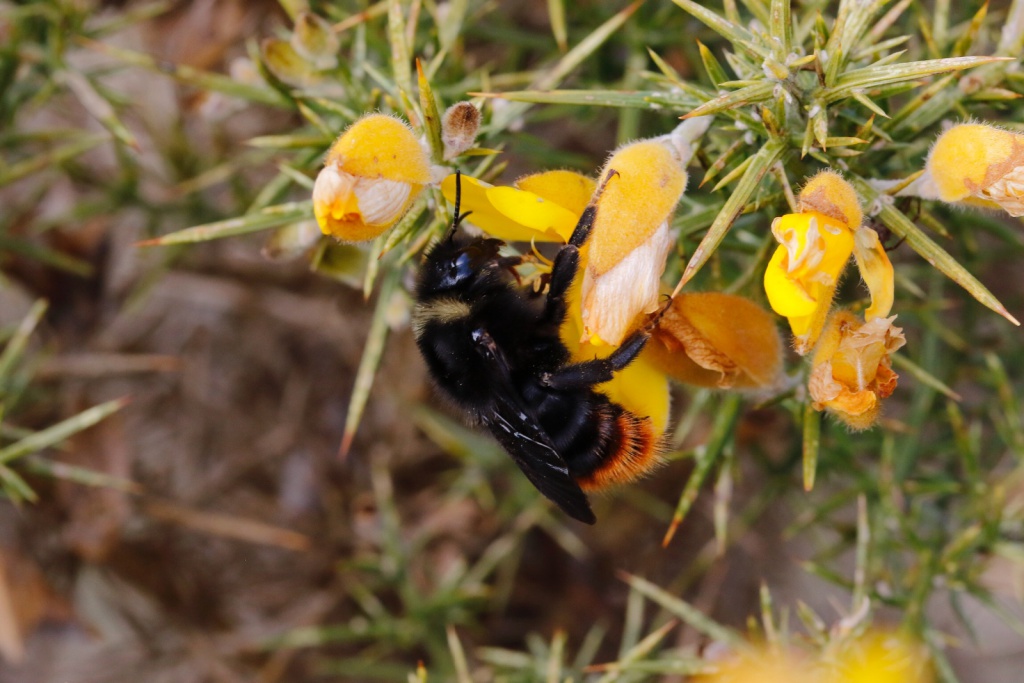
First of the Cuckoo Bumblebees
Females of the Vestal, Gypsy and Red-tailed Cuckoo Bee have been observed so far. Cuckoo Bumblebees are no ordinary bumblebees. Females take over the nests of their preferred species and lay their own eggs. The workers, fooled by the Cuckoo, help to raise her offspring.
Both considered scarcer bumblebees in the North East, the Red-tailed Cuckoo Bee and Vestal Cuckoo Bee are particularly exciting finds.
Cuckoo bumblebees emerge from hibernation a bit later than queen bumblebees. This ensures that there are bumblebee nests to take over upon emerging. Over the coming weeks, look out for more cuckoo bumblebees on the wing: six species can be found in the North East.
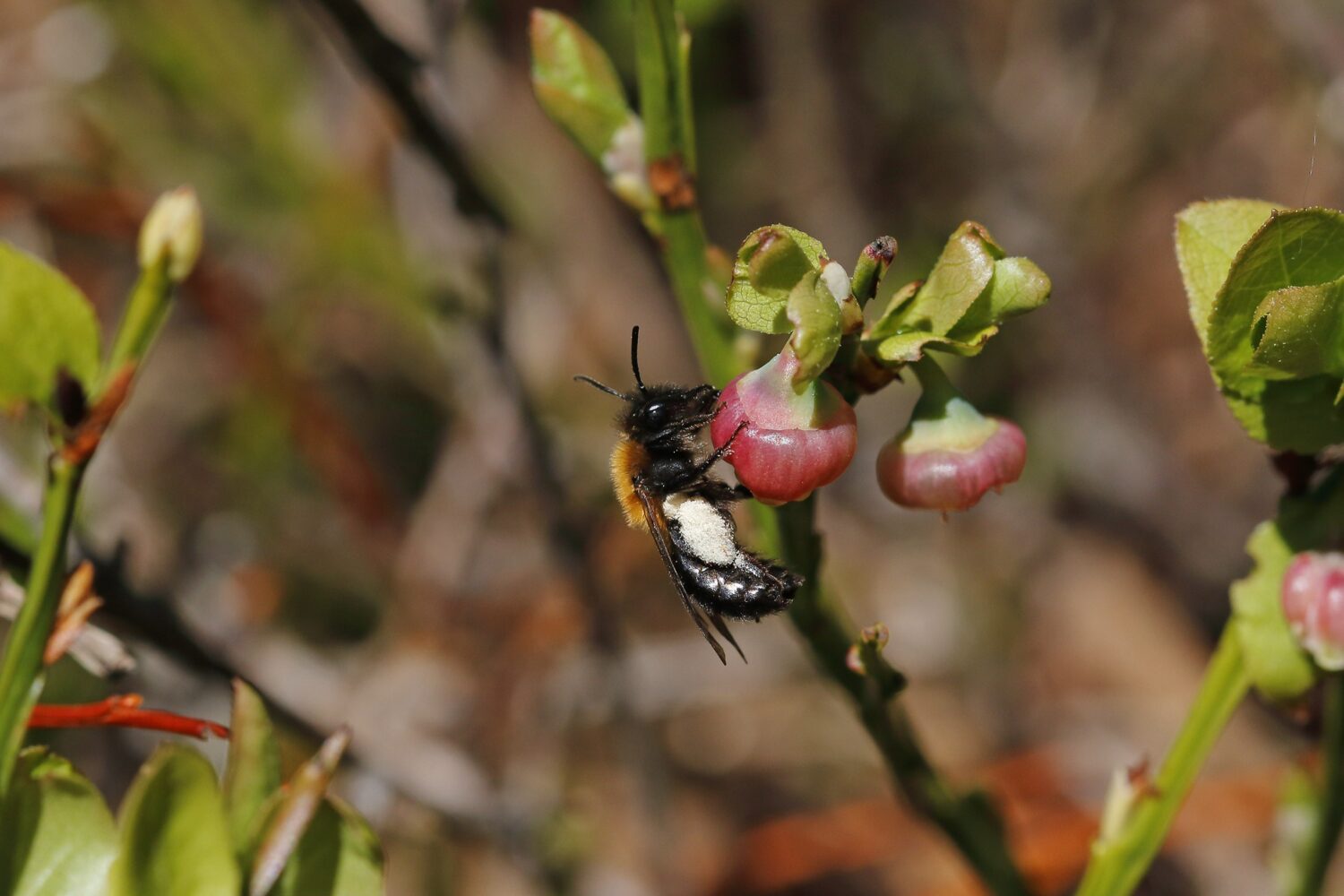
Join the North East Bee Hunt
Urban or rural, beginner or expert, we need your help to record eight distinctive bees across the North East this spring and summer.
Your records can add to our understanding of bees in the region and inform conservation and monitoring efforts.
Taking part is easy and every record counts, wherever you live in the region. Records of all bee species are encouraged.

